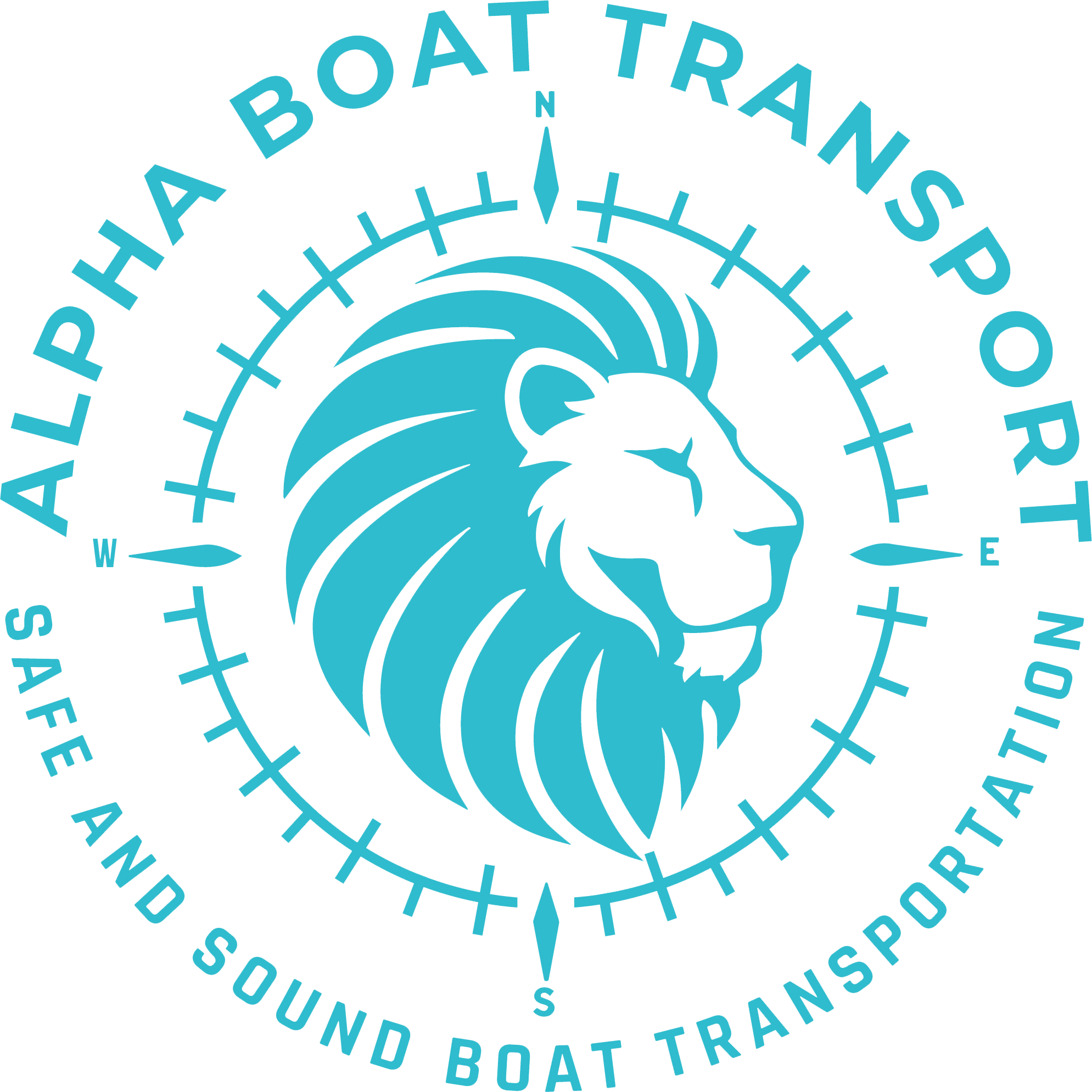New Weight Limits Disrupt Boat Transport: What Every Houseboat Owner Needs to Know in 2025
So, What’s the Real Story Behind These New Weight Limits?
You heard it right—come June 2025, moving your boat overland ain’t as straightforward as it used to be. According to this deep dive from Technavio’s latest market analysis, the Federal Highway Administration’s updated bridge weight formula is throwing a wrench into nationwide boat logistics. The cap? 80,000 pounds gross vehicle weight for interstate hauls—and that’s not just about the whole rig. It’s about axle spacing, route complexity, and state-by-state enforcement.
Let me paint you a picture. Imagine you’re shipping a 44,000-pound fiberglass houseboat. It’s legal—but barely. Now you need extra axles, certified escorts, and you’re rerouting your trip to avoid the bridge in Connecticut that’s been stress-tested into an early retirement. Yeah, it’s that bad.
This article’s gonna break down what’s changing, what it means for houseboats boat transport, and how folks like Alpha Boat Transport are staying ahead of it. Stick around—we’re gonna get you through this.
Why the 2025 Transport Regs Hit Houseboats the Hardest
Look, moving big watercraft has never been a walk in the park, but these new guidelines are especially brutal on transports tipping over the 30,000-pound mark. Heavier vessels like cabin cruisers, sport yachts, and those big dreamy houseboats are now dealing with logistical puzzles that require high-stakes planning.
Why? Because the new formula doesn’t just limit total weight—it breaks that weight down by axle spacing and bridge integrity. Which reminds me—California and Connecticut are already rolling out tighter per-axle caps. Some routes even need state trooper escorts for loads wider than 12 feet.
While these laws aim to preserve America’s aging bridge infrastructure (which, let’s be honest, desperately needs it), houseboat owners and transporters get stuck with the addition of new permits, alternate routes, and, yeah—higher costs.
Don’t worry though—companies like Alpha Boat Transport have already upgraded their tech and trailer systems to handle this mess. They’ve been prepping for June 2025 while others are still scratching their heads.
Houseboat moving checklist is a great place to start figuring out what prep work you need to do under these new constraints.
What States Are Cracking Down the Hardest?
This is where it gets spicy. Some states are interpreting the FHWA changes like it’s gospel—others, like a polite suggestion. So depending on your state of departure and arrival, your transport plan can either be a breeze or a bureaucratic black hole.
Take California. Loads need to be carefully mapped with axle-stress charts and real-time route overlays. Connecticut requires third-party certified load planners for anything exceeding 10,000 pounds per axle.
Oh, and New Jersey? Yep, my home state’s got its own headaches. Processing permits there can drag out a week—even longer if you’re not using an experienced carrier.
Here’s the kicker—if your transporter doesn’t know how to navigate this patchwork of local rules, you’re burning time and money. This is exactly why Alpha Boat Transport has field agents and trailer tech optimized specifically for high-weight compliance in tight-reg states.
Want deeper insight? Check their New Jersey to Florida transport guide and see how pros handle tricky interstate moves.
Top 3 Ways to Avoid Delays With Heavy Boat Hauls
Alright, let me talk real with ya. When you’re shipping something that weighs as much as a small building, delays don’t just happen—they multiply. But there’s stuff you can do… if you’re proactive.
1. Plan 45 Days Out Minimum
Permit timelines, route engineering, and survey maps all take time—especially post-June 2025.
2. Use Proper Trailer Configurations
Not just any multi-axle will do. Some states want steerable trailers or underclearance tolerances. Alpha uses hydraulic suspension systems that reduce stress on bridges—and get permit approvals faster.
3. Don’t DIY This
Seriously. Every wrinkle in this process is a $500 hiccup waiting to happen. Routes change by the week, and enforcement is inconsistent. You need pros who’ve mapped these routes for years.
Not sure what trailer specs your boat needs? Alpha’s got prep guides for powerboats, catamarans, and even sailboats tailored to state-specific protocols.
The Tech Behind Smarter Boat Transport in 2025
We’re not in 2015 anymore, my friends. Today’s high-performance trailer rigs come with route-optimized GPS, real-time torque data, and axle load adjustment software. And it’s no longer overkill—it’s essential.
Alpha Boat Transport recently adopted predictive routing software that checks daily Department of Transportation restrictions before a truck even hits the road. Side note—they’re the only company I know running three-gen database logs on bridge reports from the past ten years.
See, it’s not just about getting your boat from dock A to lake B. That weight check at a bridge in Ohio? It can become a 300-mile detour. Load-distributing axles and tilting systems can literally save a delivery from disaster.
Get into the weeds with their breakdown on transportation services—you’ll see why having smarter tech is no longer optional.
Why Experience Still Beats Algorithms
Let me tell you something—no algorithm can replace boots-on-the-ground experience. I don’t care what start-up swooped into the transport market promising “machine learning logistics”—you need folks who’ve handled 12 below-deck loads through snowstorms on I-90.
At companies like Alpha, you’ve got captains and drivers with 20 years under their belt, folks who know which fuel stations to avoid near Mississippi because the angle of the exit ramp is wrong for triple-axles.
This kind of operational wisdom doesn’t show up in a spreadsheet. It comes from running boats across 40 states and knowing every weird rule along the way. You want social proof? Look into their user-rated profiles from verified heavy-haul clients.
Frequently Asked Questions
Can houseboats still be transported legally under the June 2025 rules?
Absolutely—but it’s trickier. The key lies in axle spacing, total rig weight, and compliant routing. Work with licensed experts like Alpha for compliant houseboats boat transport options.
What’s the best time of year to move a houseboat?
Shoulder seasons like late spring or early fall offer easier permitting. Summer has high-weather risks. Alpha’s preparation guide explains seasonal variables in detail.
Do I need extra insurance for high-weight houseboat delivery?
Yes—you’ll likely need excess liability coverage and hull protection during transport. Many boat transport services don’t cover bridge accident risk, but Alpha does.
What’s the difference between regular and houseboats boat transport permits?
Houseboat moves require route surveys, bridge-clearance checks, and axle-weight assessments, unlike standard powerboat hauls that often skip bridge evaluations.
How long does cross-country houseboat transport usually take?
Anywhere from 10–21 days depending on distance, traffic zones, weather, and permit lag. States like California may cause longer delays due to route restrictions.
Is there a height limit for houseboats on interstate routes?
Yes—typically 13’6” max, though exemptions are possible with certified escorts. Check Alpha’s motor yacht transport checklist for height breakdowns.
Are houseboats more expensive to move under the new rules?
Big time. More permits, added axle tech, and regulatory overhead all hit the bottom line. But you can offset that with better planning and a trusted operator.

